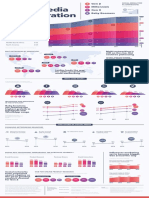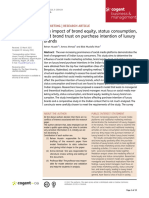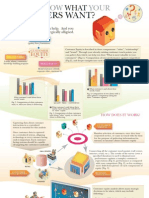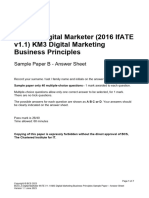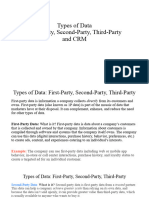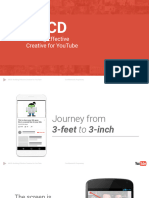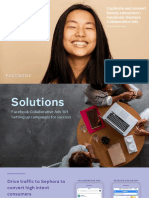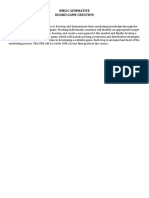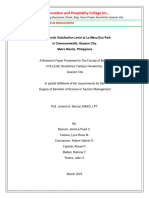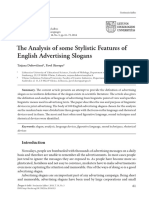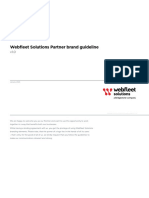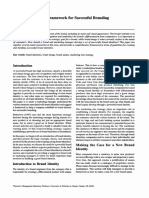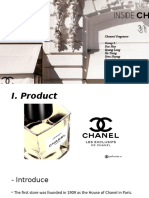0% found this document useful (0 votes)
845 views27 pagesAuthenticity in Digital Marketing
This document discusses key findings from a survey about how consumer-generated content influences purchasing decisions. Some of the main points include:
1) Authenticity is very important to consumers, especially millennials, when deciding which brands to support. Consumer-created content is seen as the most authentic.
2) Consumers are able to distinguish between user-generated content and brand-created content about 70% of the time, showing that brands should not try to mimic user content.
3) User-generated content has more influence on purchasing decisions, with 60% of consumers saying content from friends/family influences them, compared to only 23% for celebrity content.
Uploaded by
AsdCopyright
© © All Rights Reserved
We take content rights seriously. If you suspect this is your content, claim it here.
Available Formats
Download as PDF, TXT or read online on Scribd
0% found this document useful (0 votes)
845 views27 pagesAuthenticity in Digital Marketing
This document discusses key findings from a survey about how consumer-generated content influences purchasing decisions. Some of the main points include:
1) Authenticity is very important to consumers, especially millennials, when deciding which brands to support. Consumer-created content is seen as the most authentic.
2) Consumers are able to distinguish between user-generated content and brand-created content about 70% of the time, showing that brands should not try to mimic user content.
3) User-generated content has more influence on purchasing decisions, with 60% of consumers saying content from friends/family influences them, compared to only 23% for celebrity content.
Uploaded by
AsdCopyright
© © All Rights Reserved
We take content rights seriously. If you suspect this is your content, claim it here.
Available Formats
Download as PDF, TXT or read online on Scribd
/ 27










